Air Purifiers Work by removing dust, pet dander, and everyday household odors to give you cleaner, fresher air. Compact yet powerful, the Air Purifier for Bedrooms sits neatly on a nightstand while delivering consistent relief from allergens and pollutants. Families love their quiet operation and portability, perfect for reducing fur, allergens, and even litter box smells without the bulk or noise of larger machines. Easy to set up and energy-efficient, these purifiers help create a healthier, more comfortable home environment effortlessly.
2: What Exactly Does an Air Purifier Work?
In simple terms, the purifier draws in room air through a multistage filter, typically featuring a fine particulate layer (HEPA-class) paired with activated carbon to trap gases and odors. It then releases cleaner air back into your space. With HEPA-class filtration, it’s designed to capture 99.97% of particles as small as 0.3 microns, the size most difficult for pollutants to penetrate, making it the gold standard in air purification.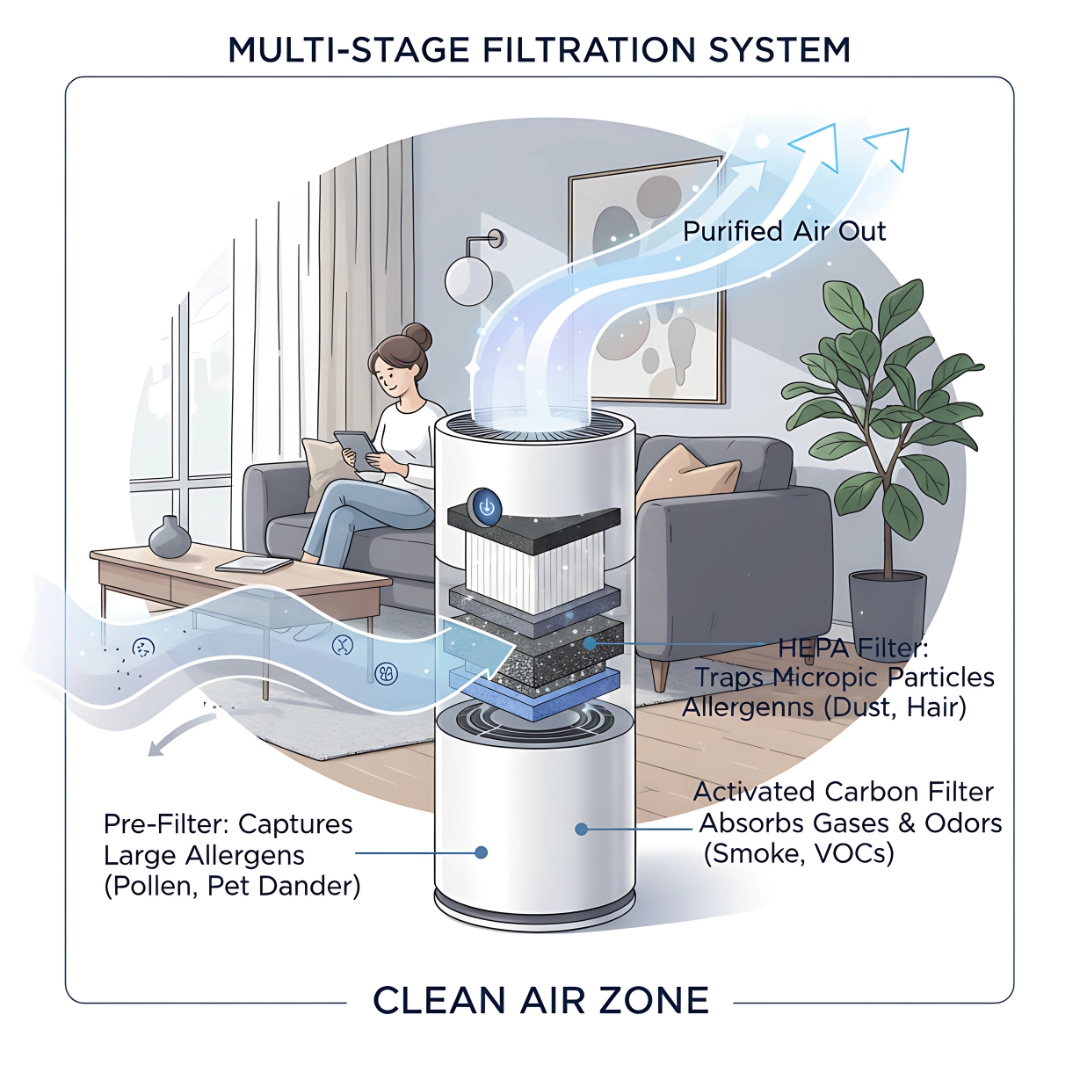
2.1: Will an Air Purifier Help with Allergies?
Yes. By removing airborne triggers, such as pollen, dust, and pet dander, purifiers help you breathe easier and sleep more peacefully, especially in your bedroom, where you spend a third or so of each day. Clinical reviews suggest that air cleaning be considered for inclusion in home-allergen control strategies (in combination with cleaning, source elimination, and ventilation).
2.2: Can An Air Purifier Help With Smell?
Absolutely. (Hint: The activated carbon in the filter targets odor molecules from cooking, pets, and smoke, helping the space truly “reset” its smell rather than just masking it.) This is one of the main reasons so many shoppers are highlighting the fast improvement in odor removal in their air purifier reviews.
3: Air Purifier and Humidifier Difference, What’s the Difference?
Air purifiers and humidifiers are often confused because both improve indoor air quality, but they serve very different purposes. Air purifiers work by drawing in the surrounding air and removing pollutants like dust, pollen, smoke, and even pet dander. Higher-end models, such as this year’s top-rated air purifiers, also include activated carbon to neutralize stubborn odors. That makes air purifiers essential for anyone dealing with allergies, asthma, or unwanted smells.
On the other hand, a humidifier doesn’t clean the air; it simply adds moisture. This is especially helpful in dry conditions, such as during winter or in heated homes, as it helps prevent dry skin, sore throats, and irritation. While humidifiers provide comfort by restoring moisture, they don’t eliminate allergens or odors.
Experts, including Dyson, stress that these two devices complement each other: Purifiers capture fine particles and gases, while humidifiers regulate humidity. Some modern machines even combine both functions for a comprehensive indoor-air solution.
If allergens, pet dander, smoke, or odors are your primary concerns, start with a purifier. Air purifiers work by removing these irritants, making the air cleaner and healthier. If your home is dry or static-prone, a humidifier can help. For families seeking both clean and comfortable air, using both devices together often provides the ideal balance, fresh, breathable, and perfectly balanced air.
3.1: Whole-Home Strategy
Open-floor-plan homes may require a larger unit for the living area, along with a smaller purifier placed near the bedroom’s breathing zone. If you’re considering a whole-house air purifier, the ideal solution often involves one larger unit to cover common areas and shared rooms, and a smaller unit for the bedrooms. Placement is crucial: Ensure there’s enough space around each device and avoid placing them in corners or on cluttered shelves.
4: Model Spotlight, Core Mini (Bedroom Tunes)
For smaller spaces and workstations, the Core Mini is a standout. It features a 3-in-1 filter, including a pre-filter, HEPA particle filter, and activated carbon, along with a fragrance sponge for optional essential oils. Many product listings also highlight the Vortex Air 3.0 system, which includes a 360° intake and operates quietly at approximately 25 dB, perfect for light sleepers and nurseries. In short: a compact design, impressive performance, and built to run all night without disturbing your sleep.
4.1: Wins You’ll Actually Feel in Your Life
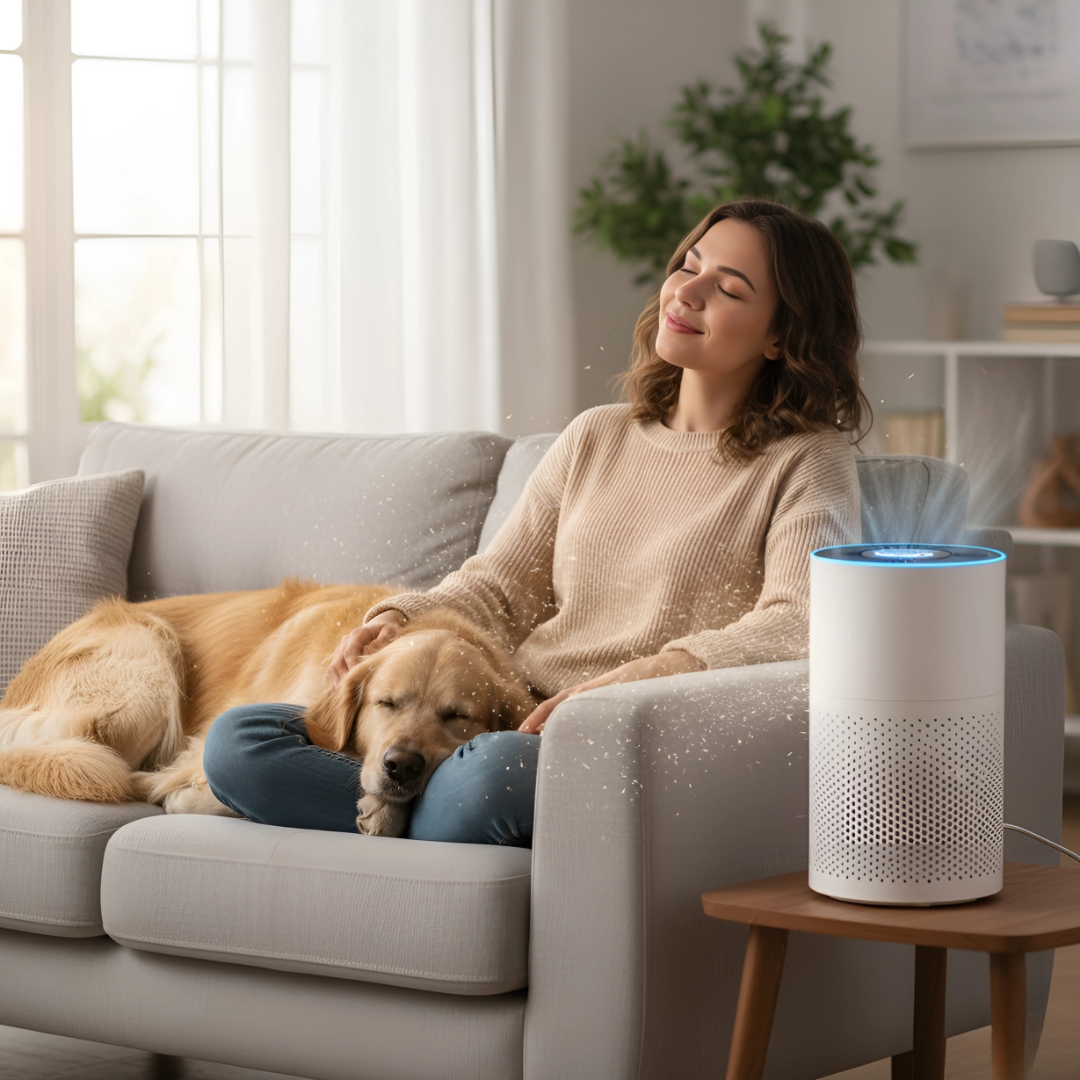 Mornings with fewer sneezes and a clearer first breath.
Mornings with fewer sneezes and a clearer first breath.
Fewer lingering kitchen smells by bedtime.
Love the pet without the pet “after-effects.”
A feeling of calm, cool that guests comment on when they walk in.
5: Setting up, Placement & Daily Use
Place the purifier a few inches away from walls, windows, and curtains, and keep doors open just enough to allow proper air circulation (without letting germs escape outside). Let the unit run continuously on a low setting to maintain “clean-air momentum,” increasing the speed temporarily during activities like vacuuming or cooking. On days with high allergen levels or smoke, keep windows closed and let the air purifiers work to improve air quality. Ventilate the room when outdoor air quality improves. (Public health advice often recommends using portable HEPA purifiers during smoke events, particularly for those at risk.)
6: How Do You Clean an Air Purifier (Simple Routine)
Tending to your unit will maintain performance and domestic tranquility.
6.1: Fast Routine (Weekly)
Unplug & wipe: Simply dust the exterior and vents with a dry, soft cloth.
Pre-filter maintenance: Extends the life of the main filter by removing hair and lint if PRE-FILTER is available.
Ensure airflow: Nothing should obstruct the 360° intake.
6.2: Replacement of the Filter (If Applicable)
When the light turns on, insert a compatible Core Mini cartridge. Many similar listings feature a 3-in-1 filter with carbon, along with bonus aroma pads. Timing: Always follow the guide specific to your model.
6.3: Pro Tips
Run constantly on low; boost when there are pollen spikes or after cleaning.
Wash bedding weekly; brush your pets outside.
A clogged filter or blocked intake can cause the unit to feel “weaker.”
7: Purchasing Confidence, What Reviews Highlight
Shoppers also highlight that the Breeze is quiet, features easy-to-use filters, and has a compact design that delivers quick odor removal, a relief for anyone who’s wondered if smaller units really make a difference. When comparing air purifier reviews with other models, consider factors like noise level (dB), room size, and filter cost first. This is how air purifiers work, efficiently and quietly, providing clean air in small spaces. The Core Mini is ideal for many bedrooms: affordable, low-profile, and effective where it counts.
8: Quick FAQ
8.1: How does an air purifier work?
Air purifiers work by circulating room air through particulate and carbon filters to remove contaminants. HEPA-class filtration captures 99.97% of particles as small as 0.3 microns, effectively eliminating dust, pollen, pet dander, mold spores, and other airborne pollutants.
8.2: Can an air purifier help with allergies?
Yes, an air purifier can significantly help alleviate allergies by removing airborne allergens, including dust, pollen, pet dander, and mold spores. For optimal results, combine it with regular cleaning and proper ventilation to minimize allergy triggers throughout the day and night.
8.3: Air purifier or humidifier, do I need both?
An air purifier removes pollutants like dust, pollen, and pet dander, while a humidifier adds moisture to dry air. For the best air quality, use both together to ensure clean, breathable air, especially in dry environments or when dealing with allergens.
8.4 Do air purifiers help with smell?
Yes, air purifiers help eliminate odors. Carbon filters remove pet, cooking, and other unwanted smells, while the aroma pad adds a subtle, refreshing fragrance, enhancing your space with a pleasant scent if you prefer.
8.5: What do you think about whole-home coverage?
For complete home coverage, use a larger air purifier for common areas and a smaller one for the bedroom to ensure consistent, all-day comfort. This practical approach ensures optimal air quality in every room, providing you with clean, fresh air exactly where you need it.
Bottom line: For the best air purifier to create a more peaceful bedroom and a fresher-smelling home, start with one of the Air Purifiers for Bedroom Home (Core Mini series). It’s quiet, compact, and thoughtfully designed to fit the rhythm of real life, yes, that includes pets, cooking, laundry day, and all the moments in between.

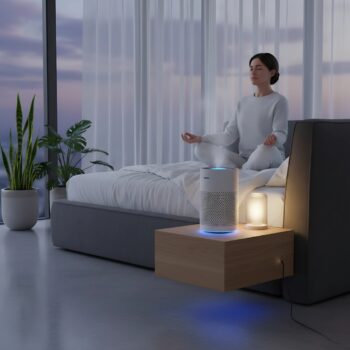
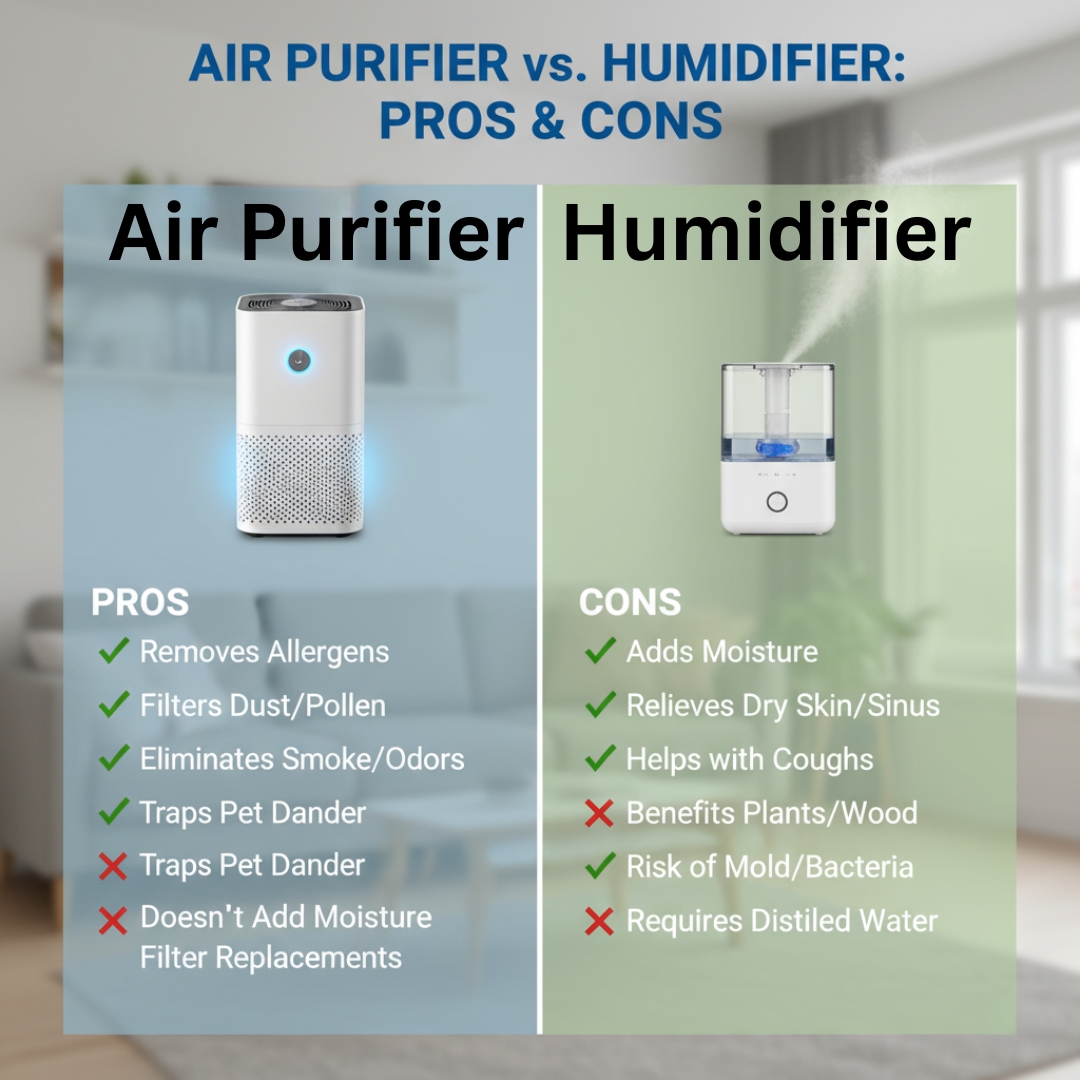
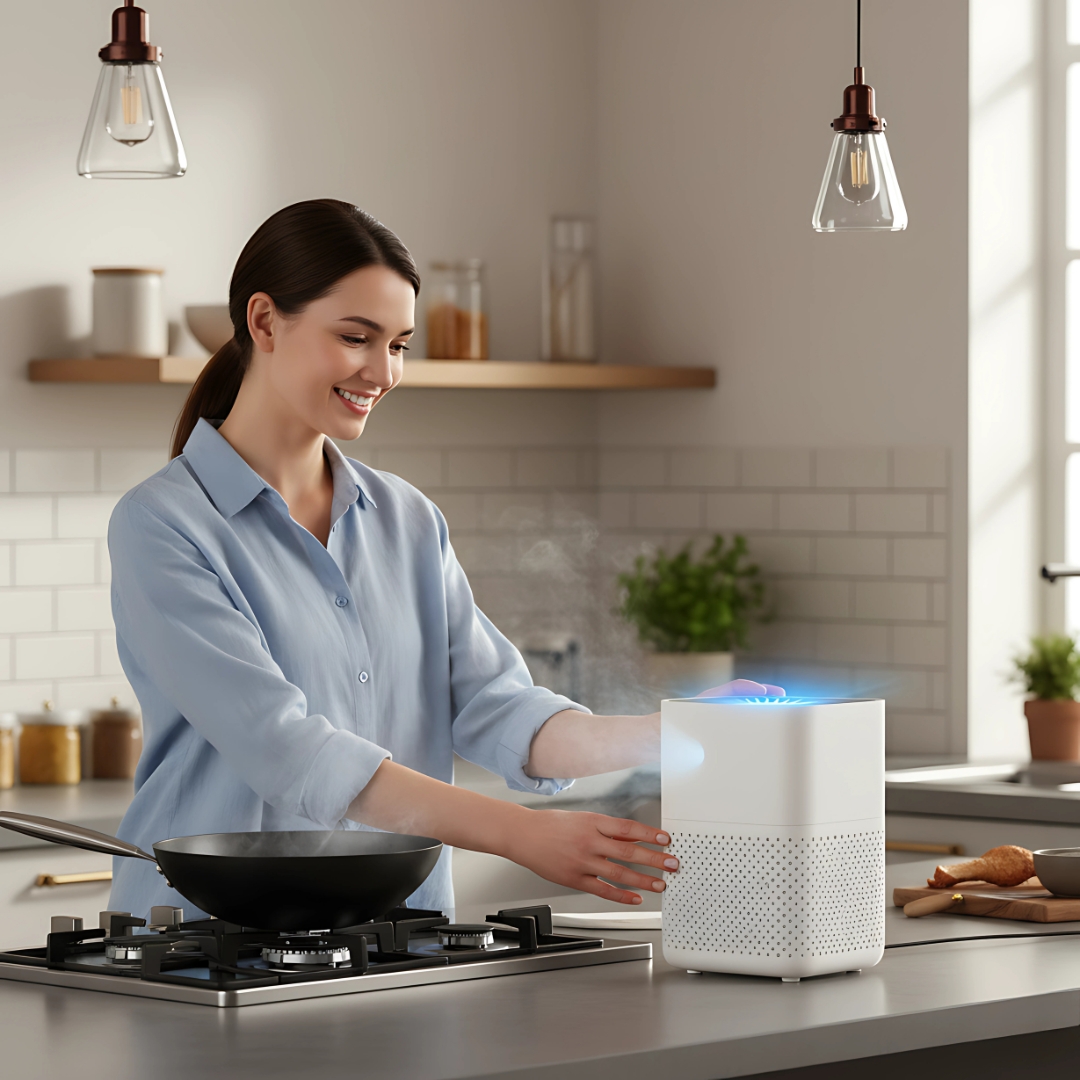
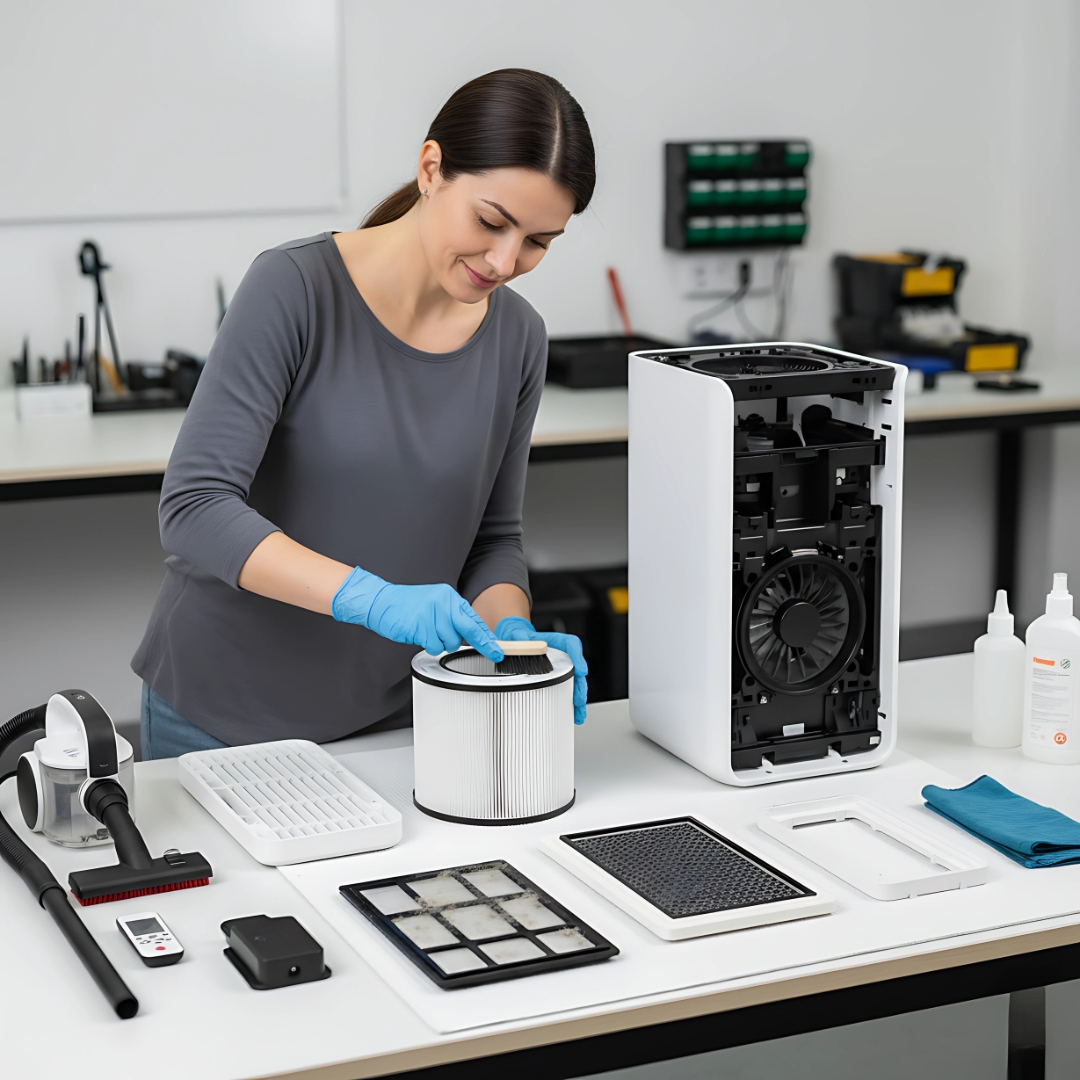
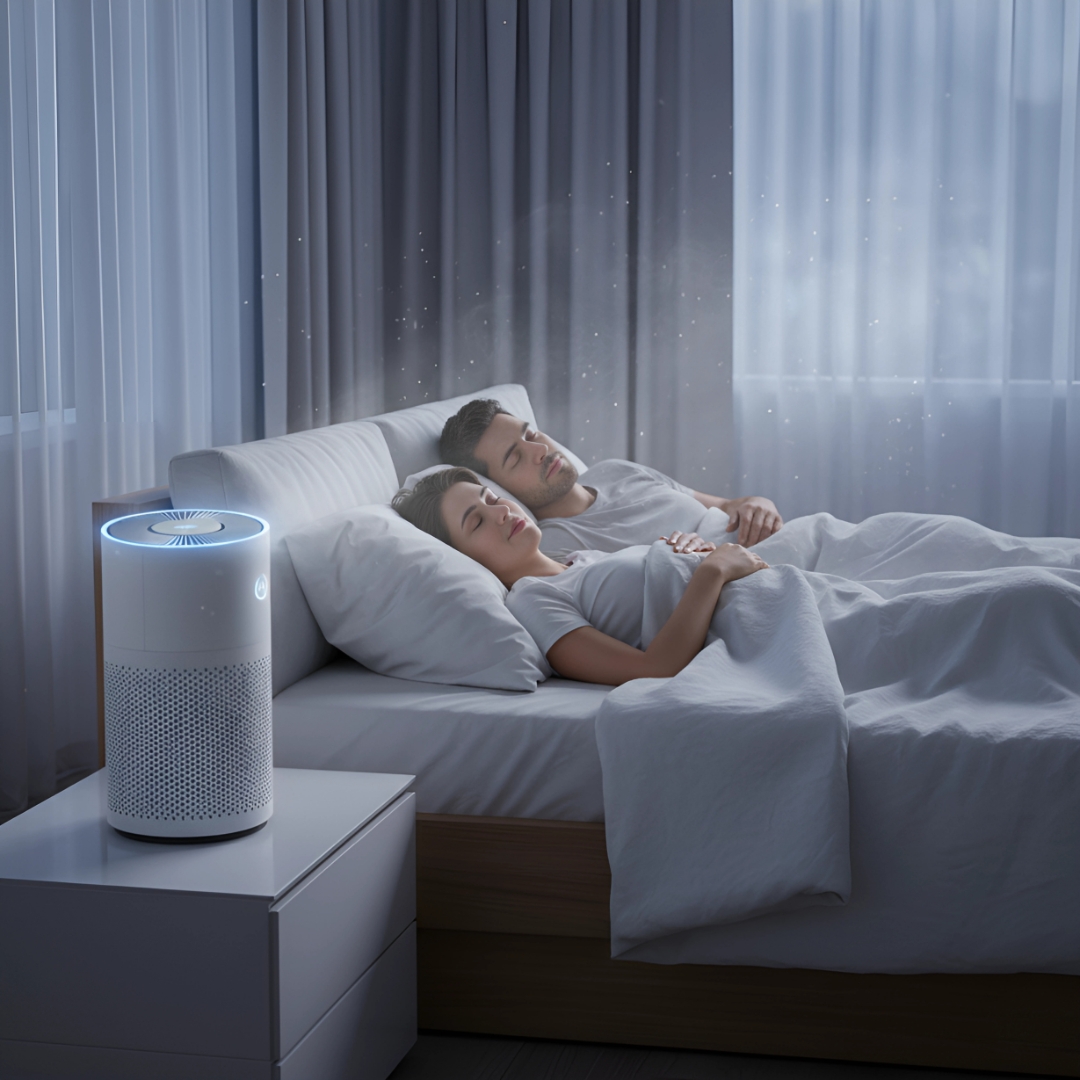



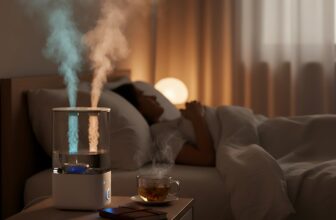
Humidifier both have the effect of improving air quality, they function in distinct ways. While an air purifier works to remove dust, pollen, smoke, and other airborne particles, a humidifier moistens the air.